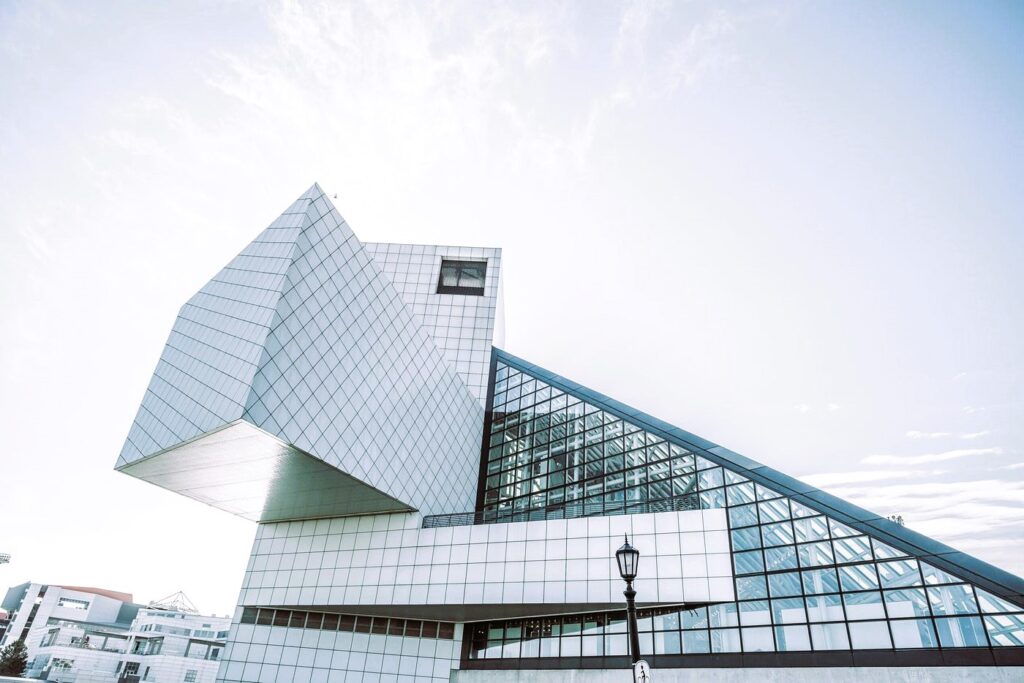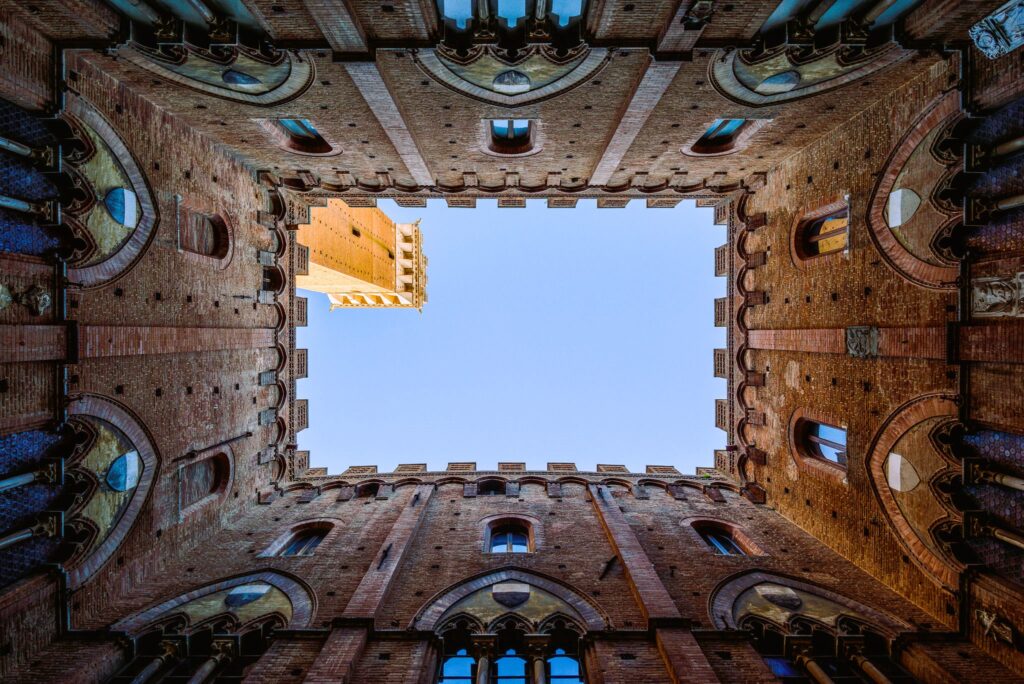Architectural photography serves as a powerful medium for preserving and celebrating the rich tapestry of built heritage that defines our cities and landscapes. Beyond mere documentation, it captures the essence of structures, conveying the intricate interplay between design, history, and culture. In this exploration, we delve into the art of architectural photography, examining its role in showcasing the diverse built heritage across the world. From iconic landmarks to hidden gems, photographers use their lenses to immortalize the beauty and significance of architectural marvels.
The Artistry of Architectural Photography
Architectural photography is a specialized form of visual storytelling that requires a keen eye for composition, light, and detail. Photographers engage with the built environment as both subject and muse, employing various techniques to convey the unique character of each structure. From capturing the play of light and shadow on a historic facade to framing the symmetry of a modern skyscraper, every photograph tells a narrative that goes beyond the bricks and mortar.
Preserving History in Pixels

One of the primary roles of architectural photography is to serve as a preservation tool for built heritage. Many historical structures face the inevitable passage of time, weathering the effects of age, urban development, and sometimes neglect. Photographers play a crucial role in documenting these structures, freezing moments in time that might otherwise be lost. These images become a visual archive, allowing future generations to appreciate the architectural heritage that preceded them.
Take, for instance, the architectural photography of renowned professionals like Julius Shulman, who documented the mid-century modernist movement in California. His images of iconic structures such as the Stahl House not only captured the spirit of a design era but also preserved a moment in architectural history.
Architectural Photography as Advocacy
Beyond preservation, architectural photography serves as a form of advocacy, drawing attention to the importance of protecting and appreciating built heritage. Through compelling visuals, photographers can convey the cultural, social, and historical significance of architectural landmarks. This advocacy often extends to campaigns for conservation, restoration, and adaptive reuse of historical structures.
In Canada, where the diverse architectural landscape reflects the nation’s multicultural identity, photographers play a vital role in advocating for the preservation of heritage buildings. Images that showcase the architectural beauty of places like Old Quebec City or Vancouver’s Gastown not only celebrate these locales but also inspire conversations about their conservation. Spotlight on the innovative architects who shaped Canada’s skyline, read more here.
Exploring Architectural Diversity Through the Lens
Architectural photography allows us to embark on a visual journey through different styles, eras, and cultural influences. Photographers capture the essence of Gothic cathedrals, modernist masterpieces, indigenous structures, and everything in between. Each photograph becomes a portal into the architectural diversity that defines cities and regions.
Canada, with its expansive landscapes and multicultural heritage, provides a captivating canvas for architectural exploration. From the historic charm of the Fairmont Banff Springs Hotel in Alberta to the futuristic design of Toronto’s CN Tower, photographers document the country’s architectural evolution. They showcase the coexistence of traditional Indigenous dwellings with contemporary skyscrapers, creating a nuanced narrative of Canada’s built environment.
Challenges and Innovations in Architectural Photography

Architectural photography is not without its challenges. The intricacies of capturing large structures, dealing with changing light conditions, and navigating the complexities of urban environments require skill and adaptability. However, technological advancements have empowered photographers with tools like drones and high-resolution cameras, opening up new perspectives and possibilities in architectural documentation.
In the age of digital media, architectural photographers often leverage social platforms and online galleries to share their work. This democratization of access allows a global audience to appreciate and engage with architectural photography, fostering a broader appreciation for diverse built environments.
Conclusion
Architectural photography stands as a testament to the enduring power of visual storytelling. Through the lenses of talented photographers, built heritage becomes more than an arrangement of bricks and beams—it becomes a narrative of human ingenuity, cultural expression, and historical significance. From ancient wonders to contemporary marvels, each photograph encapsulates the essence of a structure, inviting viewers to contemplate the stories etched into its walls.
As we navigate the realms of architectural photography, we gain not only a visual appreciation for the built environment but also a deeper understanding of the societies and cultures that shape it. In Canada and beyond, photographers continue to play a pivotal role in preserving, celebrating, and advocating for the architectural diversity that defines our world.
For further exploration of architectural standards and practices, refer to authoritative sources such as Canada’s official standards website. These platforms provide comprehensive insights into the rich history and current standards shaping the world of architectural photography and design.
